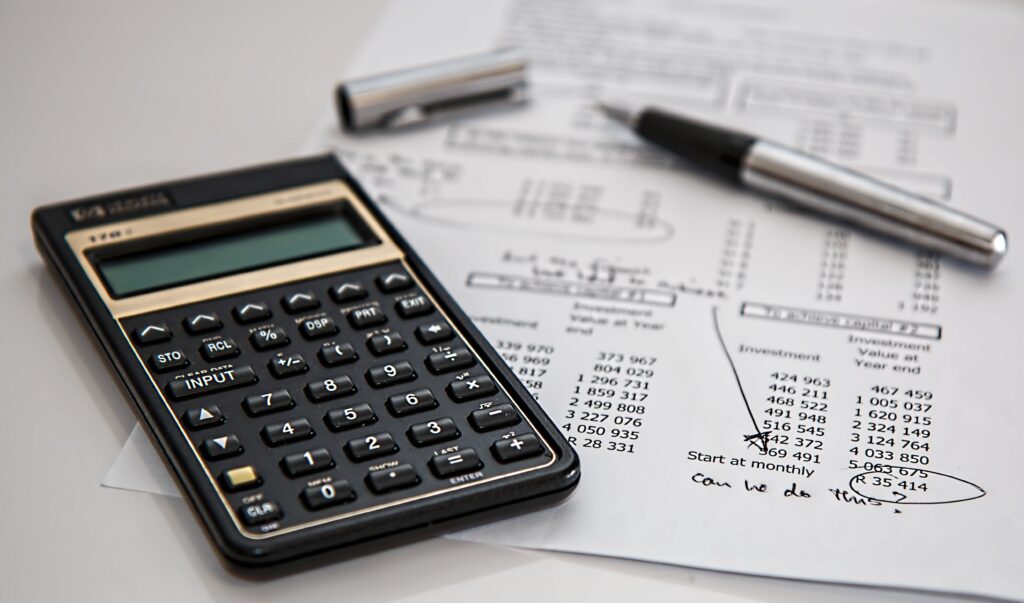
I talked a little bit about this in my yellow letter campaign. It occurred to me that we really need a deep-dive into the Expense Ratio. When you are contacting apartment owners and asking to buy their property, the first thing they want to know is “How much will you pay for it?”
“Well, that’s a tough one. Can you send me your annual tax, insurance, snow, lawncare, rents, utility payments (including garbage), marketing, internet, management, vacancy rate, repair amounts…” The list goes on. The seller immediately shuts down. There’s no way he is going to all that work for a guy he’s never met before on the other end of the phone. That’s private information and he doesn’t really know what you are going to use it for. He’s going to be hanging up really fast at this point.
The Expense Ratio
It looks like you need to be able to make a price decision a lot more quickly. Enter the Expense Ratio. There might be a better term for this, but that is what I call it. It refers to the usual expenses as a percentage of the gross rents of the property. I use the rents alone. This is not pet rent and late fees and garage fees. Those don’t usually generate much expenses more than what is already generated by the tenants themselves. They are also unpredictable.
Each property is different, I know, but they all are the same in many ways. There is usually the same amount of parking spaces or lawn care or water usage per rental unit. Management and repairs are a percentage of the income as well. As the property gets larger, the number of rental units goes up. Sure, there are efficiencies that start to happen, like having in-property management, but the expenses, even then, don’t change that much, because the property (and its rental income) are so large.
In fact, most expenses can be figured out as a percentage of the total units. This is a sophistication that you really need to do as you get larger. But you won’t know this until you start collecting data on the properties you actually own.
Expense Ratio = Expenses / Gross Rent Income
This is another ratio, so it doesn’t matter if it is calculated on a monthly or annual basis, but we usually look annually due to variations in expenses by the season. A typical multifamily expense ratio is 50-55%. I’ve calculated mine: it’s 54%. Maybe you do a lot of the work yourself. Cool. You need to be paying yourself. Figure out how much it would cost to farm it out and that is an expense.
That’s a simple figure, but it’s powerful: I can ask the seller just one question to arrive at an offer price. “What is the annual gross rent you collect?” This is also seen as a private piece of data and some seller’s will be reluctant to do so. When I explain the Expense Ratio, usually their fear goes away. If they still seem reluctant, I ask about the unit mix. I have already looked at the seller’s advertisement and know what he is charging per unit. He will usually tell me the number of single bedrooms and two or three bedroom units. I can make a quick calculation to find the annual gross rent income with that. He feels good that he didn’t divulge any secret information, and we can break the ice.

I’ll say something like this: “You have ten one-bedrooms and ten two-bedrooms. The singles go for $500 a month and the doubles are $600 a month. That gives us an annual income of $132,000. My expenses are similar to most multifamily expenses across the nation. I don’t self-manage and I don’t have any special deals with contractors. I pay a good price to keep up the property as I see you have. It takes me 54% of the gross income to pay expenses and I think it’ll be the same with your property. That means, that I would bring in $60,720 after expenses.” I took the 132,000 figure, multiplied by 0.54 to arrive at 71,280, then subtracted those estimated expenses from the total: 132,000 – 71,280 = 60,720.
“I’m willing to pay a 7 cap rate, so I can offer you $867,429.” I’ll let that sink in for a minute. That might be great for the seller, but it might be too low, so I’ll talk about the things that might make that change. “If we can find how your expenses will transfer to me and be lower than my estimation, I might be able to increase the price. Of course, if the expenses are higher, I won’t be able to pay that much. I will need to do my due diligence. If we are anywhere close to each other, let’s talk more. If not, no big deal, and thanks for your time.” I’m not a fan of the pressured approach initially. If I do get a bite, then I do need to add some element of time and we can talk about that later.
The seller is usually going to want to get the best price he can, so he will want to offer something higher and get you to go up. Plan your initial price accordingly, by adjusting your cap rate. Read my post on that to calculate.
Take the time to calculate your Expense Ratio. It may be different than other people get. This can change based on your area of the country, your management style, and other factors. It can help you get a quick idea of the price of a property. It also helps your offer not look like a low-ball, if the seller thinks the price is too low. Sellers frequently underestimate or outright lie about their expenses. If they have anything lower than 50% they are probably self-managing or failing to report something to you. That’s a red flag. You can argue that his estimated expenses are too low and bring the argument away from price. You can do this all with the income and the simple Expense Ratio. Add this to your toolkit today.

